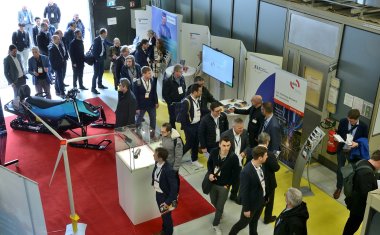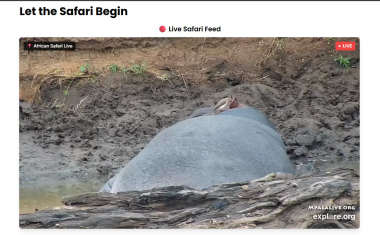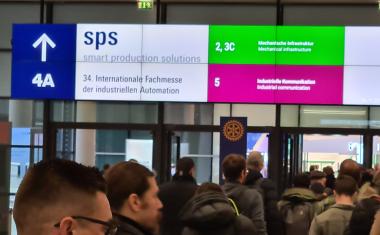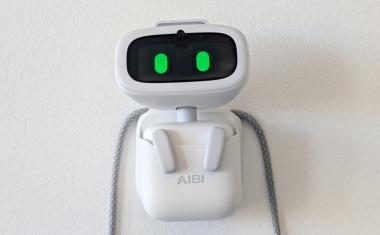Benefits of Spectral Vision Systems for the Food Industry
In the food industry the expectations for products of high quality is increasing. Safety standards need for accurate, fast and - what is even more important - objective quality determination. Many techniques have been applied for that purpose, including microscopy analysis, near-infrared spectroscopy, X-rays, Raman spectroscopy, etc. Additionally, computer vision is a competitive alternative technique being able to provide automated, non-destructive and cost-effective results, being currently applied in a variety of different applications in the food industry. Considerable research has highlighted its potential for the inspection and grading of fruits and vegetables, asses the quality many products such as meat, fish, cheese, bread, etc.
AIDO (Technological Institute of Optics, Colour and Imaging) and AINIA and have established a research collaboration that has allowed us to explore together the application of spectral vision in the food industry and related fields (cosmetics, chemicals and pharmaceuticals). Similarly, we have investigated in the application of hyperspectral vision, developing technology, building prototypes and evaluating cases of interest related to industry inspection, quality control and industrial process control.
Spectral vision systems
At our laboratories, we perform several tests using a variety of technologies developed by different industries, looking for their capabilities and applicability to different sectors. As an example, in Figure 3 a hyperspectral vision system developed at AIDO is shown. It basically consists of an InGaAS matrix camera, a pair of Liquid Crystal Tunable Filters (LCTF), coupling borosilicate optics and some light sources. The hole system is prepared to work in the ranges of 950-1650nm with 10nm bandwidth.
Applications to food industry
An interesting application in the food industry could be the quantification of meat/fat/bones in a slice of meat. According to their proportions, the piece could be qualitatively classified. To that purpose, we have tested our hyperspectral system to see if it would be able to distinguish between these three items. In Figure 5 we show the spectral characterization of meat, bones and fat of a porcine piece as acquired by our vision system. The major differences in the spectral response are found for the meat compared to both bones and fat. Especially, in the ranges from 1200 nm to around 1350 nm, and also from 1500 nm to 1650 nm, meat can be clearly distinguished from the rest of elements. On the other hand, although the profiles of fat and bones seem to have a similar behavior, it can be appreciated some differences in the ranges from 950 nm to 1100 nm. Therefore, a classification of meat/fat/bones could be made with such a system.
Conclusions
In the last years the quality controls within the food industry have been tightened. Many vision systems have been included in the industry for automated control and quantitative analysis of products. However, the inclusion of spectral vision systems is still incipient. Thanks to the R+D project OPTIFOOD-SPECTRAL co-financed by IMPIVA (Generalitat Valenciana, Spain) and by FEDER funds (European Commission), AIDO and AINIA have developed some spectral systems that could be applied in many different sectors and processes of the food industry. Here, an example in meat has been shown, foreseeing the great potential of these spectral vision systems - which still remains to be gathered by the industries.









